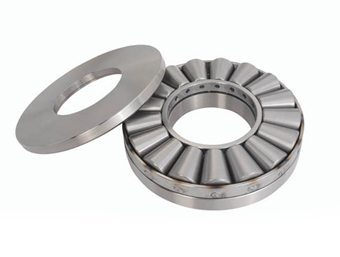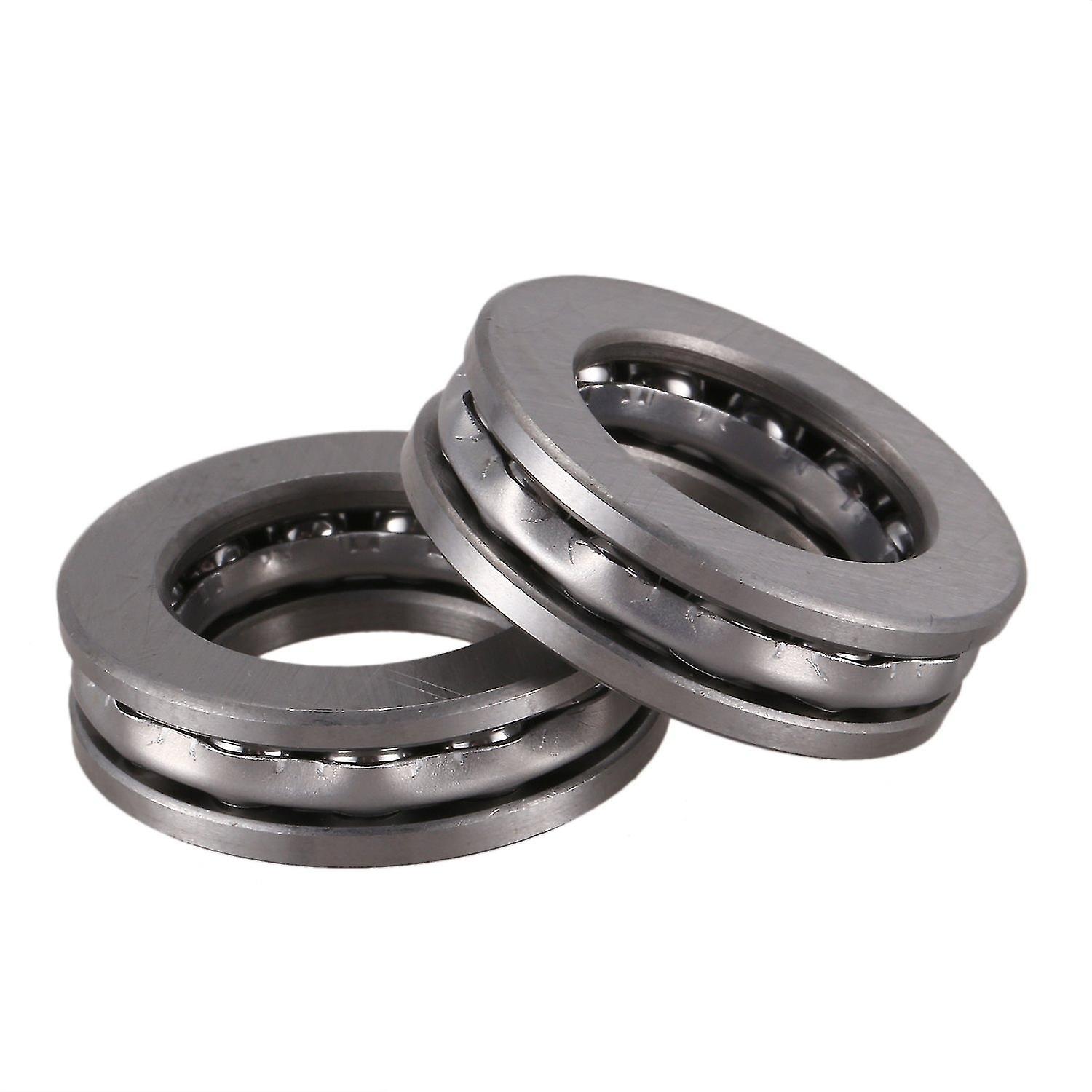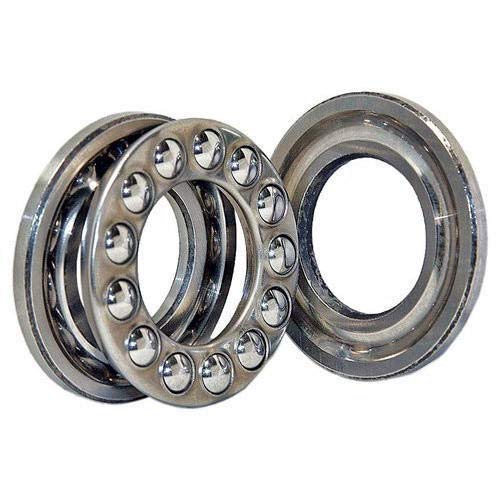Thrust Bearings in Applications with Combined Axial and Radial Loads
Thrust bearings play a crucial role in applications where both axial and radial loads are present, providing several benefits:
- Axial Load Handling: Thrust bearings are specifically designed to handle axial loads, ensuring that forces acting parallel to the bearing’s axis are efficiently managed.
- Reduced Friction: By minimizing friction between moving components, thrust bearings enable smoother motion, even when dealing with combined loads.
- Load Distribution: In situations where both axial and radial loads are present, thrust bearings assist in distributing these loads appropriately, preventing excessive stress on individual components.
- Compact Design: Thrust bearings’ ability to handle axial loads allows for more compact machinery designs, optimizing space utilization in various applications.
- Improved Performance: By efficiently managing combined loads, thrust bearings contribute to the overall performance, longevity, and reliability of machinery.
Applications with combined axial and radial loads include gearboxes, automotive transmissions, industrial machinery, and certain types of rotating equipment. In these scenarios, thrust bearings ensure that machines operate smoothly, efficiently, and with minimal wear even under complex load conditions.
Challenges and Solutions for High Loads and Minimal Radial Space in Thrust Bearings
Handling high axial loads while minimizing radial space presents challenges in thrust bearing applications. Here are the challenges and solutions:
- Challenge: High Axial Loads: Applications requiring thrust bearings often involve significant axial loads that can lead to premature wear and failure.
- Solution: To address high axial loads, selecting thrust bearings with higher load-carrying capacities and robust construction, such as roller thrust bearings, can effectively handle these loads.
- Challenge: Limited Radial Space: In applications with minimal radial space, traditional bearing designs may not fit or operate optimally.
- Solution: Thin-section thrust bearings are designed for applications with limited radial space. These bearings have a compact profile while still providing axial load support. Additionally, using bearing design software and engineering consultation can help optimize bearing selection for confined spaces.
By selecting appropriate bearing types and utilizing design expertise, challenges associated with high axial loads and limited radial space in thrust bearings can be effectively managed.
Design Principles and Functions of Thrust Bearings
Thrust bearings are designed to support axial loads and facilitate movement along an axis. Their design principles and functions include:
- Contact Surfaces: Thrust bearings consist of two contact surfaces – the stationary one called the housing washer and the rotating one known as the shaft washer. These surfaces have matching grooves or raceways that allow the bearing to transmit axial loads.
- Rolling Elements: Between the contact surfaces, thrust bearings contain rolling elements such as balls, rollers, or needles. These rolling elements reduce friction and distribute axial loads across the bearing’s surfaces.
- Lubrication: Thrust bearings require proper lubrication to minimize friction and wear between the rolling elements and raceways. Lubrication ensures smooth operation and prolongs the bearing’s lifespan.
- Direction of Load: Thrust bearings are designed to handle axial loads in a specific direction along their axis. They are not intended to support radial loads, which are perpendicular to the axis.
- Thrust Types: There are different types of thrust bearings, including ball thrust bearings, roller thrust bearings, and tapered roller thrust bearings. Each type has unique design features that optimize load capacity and efficiency.
- Angular Contact: Angular contact thrust bearings can handle both axial and radial loads by using an angled design that enables the bearing to support forces from multiple directions.
- Self-Alignment: Some thrust bearings are designed for self-alignment, allowing them to accommodate minor misalignments between the housing and shaft.
- Assembly and Installation: Proper assembly and installation are crucial to ensure the correct orientation and alignment of the bearing components, which ultimately affects its performance and lifespan.
Thrust bearings find applications in various industries where axial load management, precision, and smooth movement are essential for efficient mechanical systems.
editor by CX 2024-05-17




